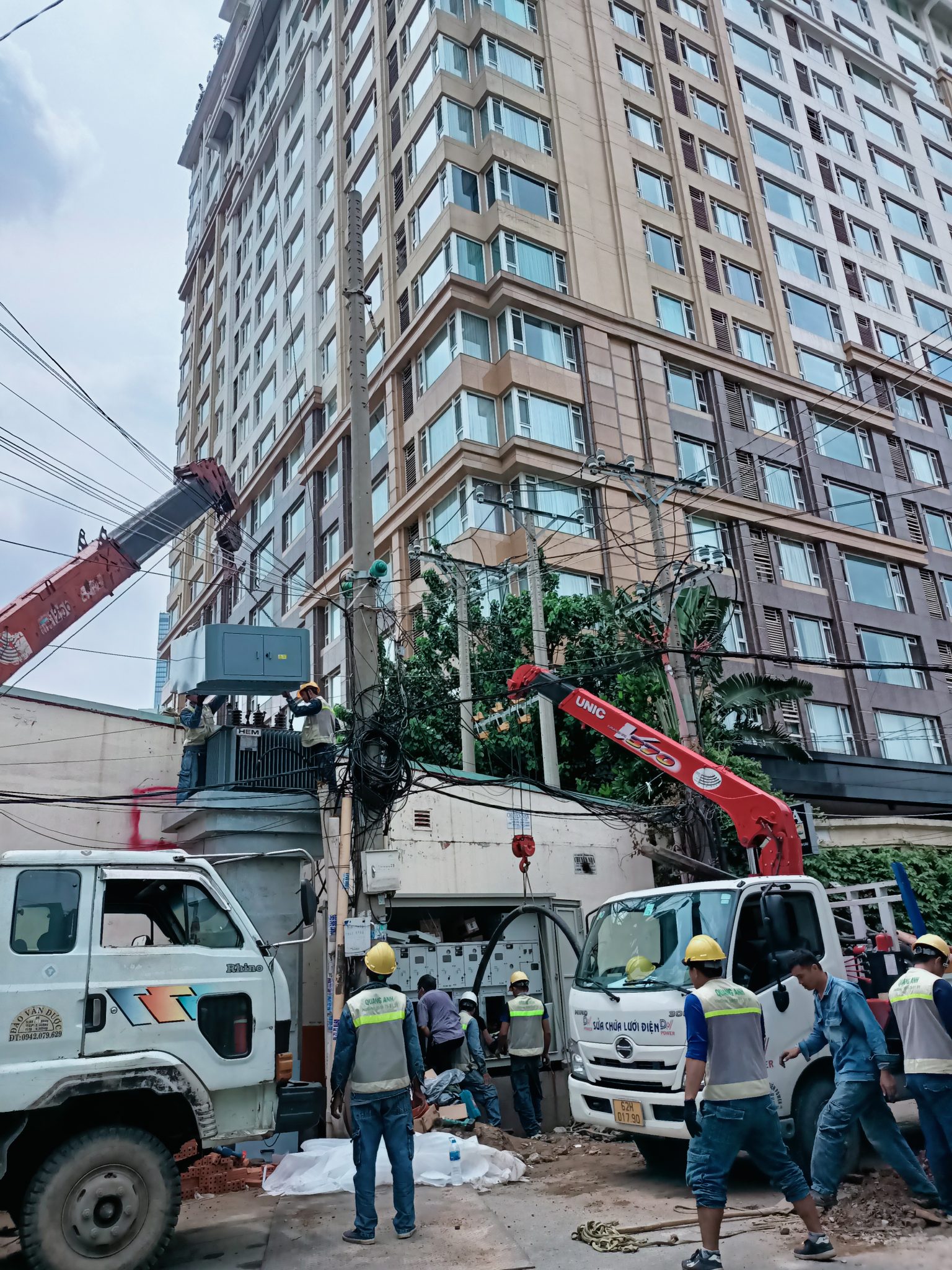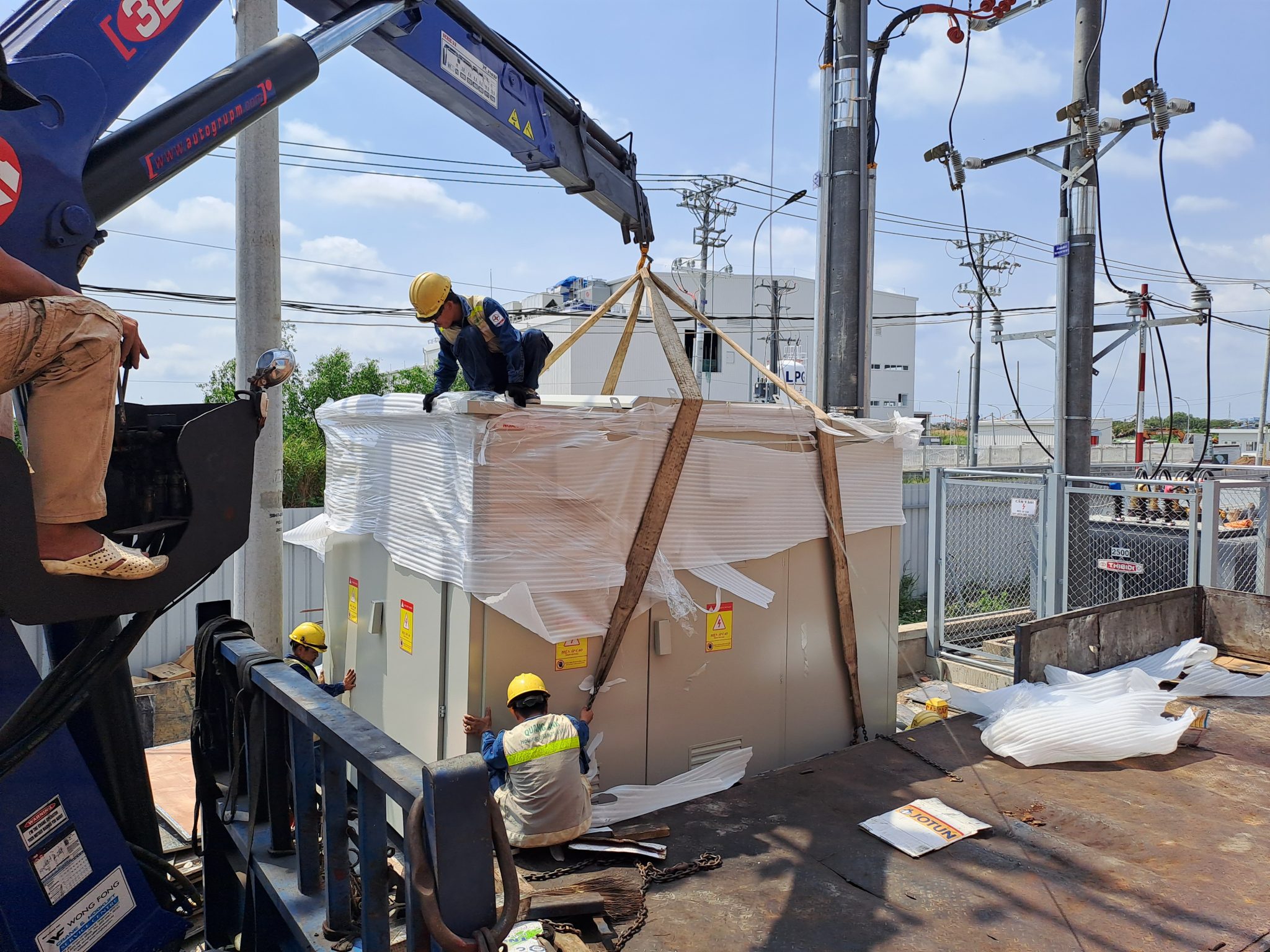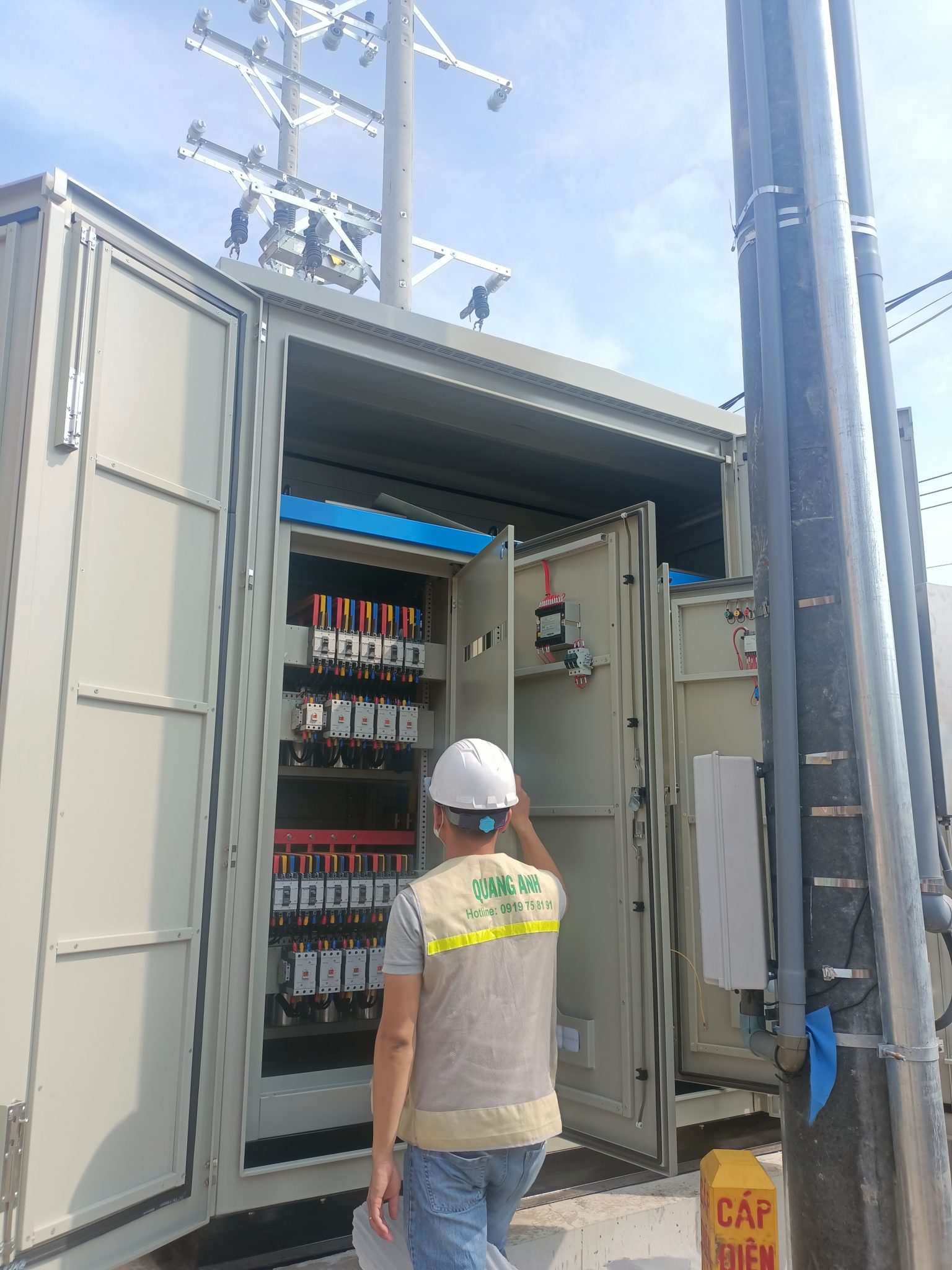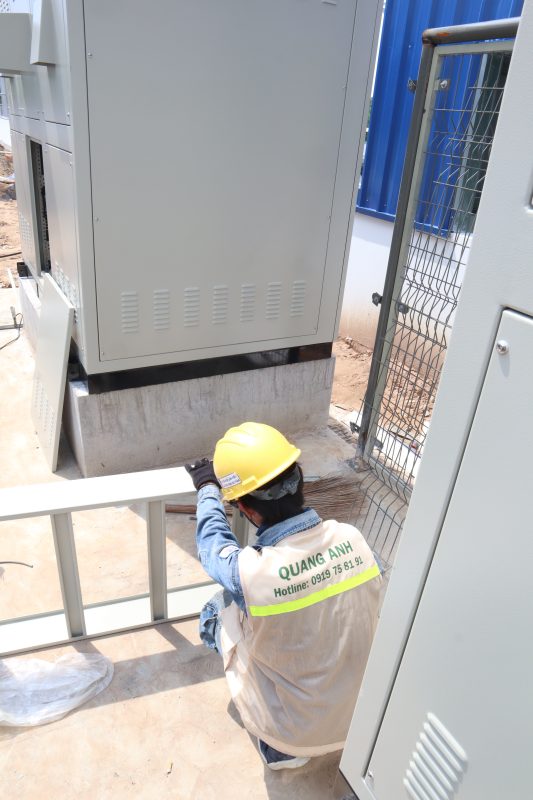Several variables such as timeline, materials, project complexity, and location impact the electrical installation costs for a plant.
Factors Affecting Electrical Installation Costs for Plants
These costs depend on various aspects, including project schedule, material types, complexity, equipment volume, and installation site. Each factor significantly influences the overall expenses. High-quality materials, for instance, raise costs but ensure long-term system efficiency. Equipment volume affects both material and labor costs in industrial electrical setups.
Undertaking electrical installations in plants is crucial during construction and operational phases. Costs aren’t just about initial capital but are impacted by several other factors, discussed here:
- System Scale and Power Capacity
- Large facilities require substantial electrical materials such as panels, inverters, and extensive cabling, increasing both supply and labor costs.
- Higher power requirements boost industrial equipment needs, increasing installation volume and expenses.
- Distribution Range and Span in Plants
- The distance between power sources and equipment significantly affects costs. Larger spans require more cabling and sometimes additional control panels.
- This not only elevates material costs but complicates project management, requiring more time and labor.
- Current System Condition
- Older plants may need system upgrades or replacements, a significant cost factor demanding new technology and engineering solutions.
- Plant Structure and Architecture
- Structural elements like ceiling height and layout influence installation complexity, potentially increasing costs.
- Materials and Equipment Type and Quality
- The choice of materials and brands can greatly impact overall costs, with premium brands like ABB and Schneider offering durable but pricier options.
- The method of acquiring materials, whether in packages or individually managed, also affects project costs and management.
- Project Schedule and Technical Demands
- Accelerated schedules increase costs by requiring additional resources, especially for overtime or night shifts. Specific techniques or high safety standards further raise expenses.
- Labor and Onsite Management Costs
- Labor and management costs vary by region, timing, and project complexity. Skilled labor ensures quality but comes at a higher cost.
- Industry-Specific Electrical Load Requirements
- Different industries have specific electrical load needs, affecting system design and equipment volume, directly impacting project expenses.
Understanding the factors affecting installation costs is vital for optimizing project spending and quality. Investors should have a detailed overview to make smart decisions during planning and operation.

Common Electrical Installation Elements
Common installation elements include overhead conduit installation, cable installation, and combined electrical and water system setups. Pricing varies based on complexity and necessary materials. For instance, combining electrical and water systems can be costlier due to the dual-system requirements.
-
Main Power Cable Installation
Installing main power cables involves setting up crucial connections from substations to the plant. This system can be underground via PVC or HDPE pipes, or positioned above ground. Method selection should ensure safe and efficient power delivery.
-
Cable Tray Installation
Cable trays support and protect electrical cables, ensuring safety and convenient maintenance access. Design must allow for secure cable management and ease of inspection.
-
Industrial Electrical Panel (Main Switchboard) Setup
Industrial panels, especially main switchboards, control plant power distribution. They connect main cables to sections of the plant, incorporating cutting and protective devices like those from Mitsubishi and Schneider.
-
Light Electrical Systems Installation
Light systems include lighting, domestic power, fire alarms, and CCTV, vital for safety and operations. Brands like Cadivi and Schneider ensure comprehensive coverage for effective plant functioning.
Besides power cables and panels, comprehensive light system installations complete the plant’s electrical framework for reliable operation.

Costs of a 3-Phase Electrical System
The 3-phase system is integral to industrial electrical setups, with costs encompassing equipment provided by power companies and additional installations. Understanding these helps optimize 3-phase system expenses while ensuring effective operation.
Investment in a 3-phase electrical system entails detailed awareness of cost responsibilities borne by both power companies and businesses.
- Power Company Costs:
- These cover equipment like meters, protective devices post-meter, and transformers.
- Installation costs for branch lines and worker wages for connecting to the grid.
- Compliance with state taxes and fees is necessary for proper management.
- This enables power providers like EVN to manage costs and ensure safe power supply.
- Business Costs:
- Businesses cover internal wiring from meters to ensure safe and effective power use.
- Investments in all internal protective equipment not provided by power companies.
- External contractor fees should be managed to optimize operational costs.
- Exemplary Costs:
- Total installation for a 3-phase system starts at 10 million VND, varying with plant scope and specific requirements.
- Factors such as wire length, power demands, equipment, and safety compliance can heavily influence costs.
- Operational Cost Factors:
- Electricity prices range from 1,094 VND/kWh to 5,000 VND/kWh based on usage.
- Power demand charges and transmission costs also impact expenses.
- Fuel pricing fluctuations and peak hour usage influence total costs.
- Optimizing usage during off-peak times can reduce expenditure while maintaining system efficiency.
Understanding these costs aids resource optimization and enhances long-term operational efficiency.

Grasping the cost factors lets investors plan financially soundly, optimizing material choices and 3-phase system designs for cost-effectiveness and sustainable operation.
For optimizing your plant’s electrical installation costs, contact QuangAnhcons through hotline: +84 9 1975 8191 for detailed consultation.
QuangAnhcons specializes in industrial electrical installations for plants, ensuring quality and safety. Our experienced engineers are dedicated to providing optimal solutions for every project.
[contact-form-7 id="7239967" title="Contact form 1"]


Related Posts
Tay Ninh Solar Power Planning: Technical Framework, Grid Interconnection, and Rollout Roadmap
Technical overview of solar planning in Tay Ninh: irradiation, grid capacity, permitting, design, operations, and [...]
Dec
Binh Duong Solar Planning: Regulatory Framework, Grid Interconnection, and an Implementation Roadmap for Factories and Industrial Parks
An overview of Binh Duong solar planning: legal framework, interconnection, design, risk management, and an [...]
Dec
Solar Farm Repair: O&M Workflow, IV Curve Diagnostics, Thermography, Inverter Service and Utility-Scale Safety
A utility-scale solar farm repair plan centered on O&M, IV curves, thermal imaging, inverter service, [...]
Dec
Dong Nai Solar Power Plan 2023–2025: Tri An 1,029 MW, Grid Upgrades and the DPPA Pathway
A complete look at Dong Nai’s solar power plan: Tri An 1,029 MW, irradiation potential, [...]
Nov
Quang Ngai Solar Power Plan 2024–2030: Legal Framework, Irradiance Potential, and Development Roadmap
A complete look at Quang Ngai’s solar power plan: capacity targets, irradiance (PVout), development zones, [...]
Nov
Solar Damage Assessment Services: On-Site Procedures, EL/IV/Thermography Testing & Compliance with Standards
Discover IEC/UL/NEC standard solar damage assessment processes: on-site evaluation, EL and IV curve testing, thermal [...]
Nov
Comprehensive Package Estimate for a 1800MVA 500kV Substation: Scope, Configuration 3x600MVA, Standards and Timeline Management
An overview of the 1800MVA 500kV substation estimate: construction scope, configuration 3x600MVA, GIS/AIS, SCADA, standards, [...]
Nov
Factory Electrical Systems: Comprehensive Design and Implementation Guide
Discover the detailed and safe process of factory electrical systems design and implementation. [...]
Oct
Blueprints Required for Factory Construction Permits
Discover the necessary blueprints in factory construction permit applications, from floor plans to electrical and [...]
Oct
What Are the Requirements for a Factory Construction Permit? A Comprehensive Guide
Explore the documentation and steps needed to secure a factory construction permit for streamlined project [...]
Oct
Factory Construction Permit Procedures in Vietnam: Essential Guidelines and Documents
Learn the procedures for securing a factory construction permit in Vietnam, focusing on document preparation [...]
Oct
Key Steps in the Factory Construction Process
Discover the essential steps and requirements for building factories. [...]
Oct
Comprehensive Electrical Substation Solutions by Quanganhcons
Discover the cutting-edge electrical substation solutions offered by Quanganhcons for industrial applications. [...]
Oct
Investment Costs for a 1MWp Solar Power System and Influencing Factors
Explore the investment costs for a 1MWp solar power system in Vietnam and the influencing [...]
Sep
QuangAnhcons: Elevating Wind Energy Solutions
Explore QuangAnhcons' leadership in wind energy and renewable solutions in Vietnam. [...]
Sep
Electrical Contractor Strategies at Becamex Industrial Park
Discover the strategic advancements and partnerships of the electrical contractor at Becamex Industrial Park. [...]
Sep
Investment Insights for 1MW Wind Energy in Vietnam: Costs and Opportunities
Discover the detailed analysis of costs and opportunities for investing in 1MW wind energy projects [...]
Sep
Advanced Electrical Installation Solutions by QuangAnhcons
Explore advanced electrical installation solutions and modern technology with QuangAnhcons. [...]
Sep
Enhancing Industrial Electrical Services with Quanganhcons
Discover Quanganhcons' expertise in industrial electrical services, offering efficient and sustainable power systems. [...]
Sep
Comprehensive MEP Solutions by QuangAnhcons: From Design to Maintenance Excellence
Discover optimal MEP solutions with QuangAnhcons, dedicated to excellence from design through maintenance. [...]
Sep